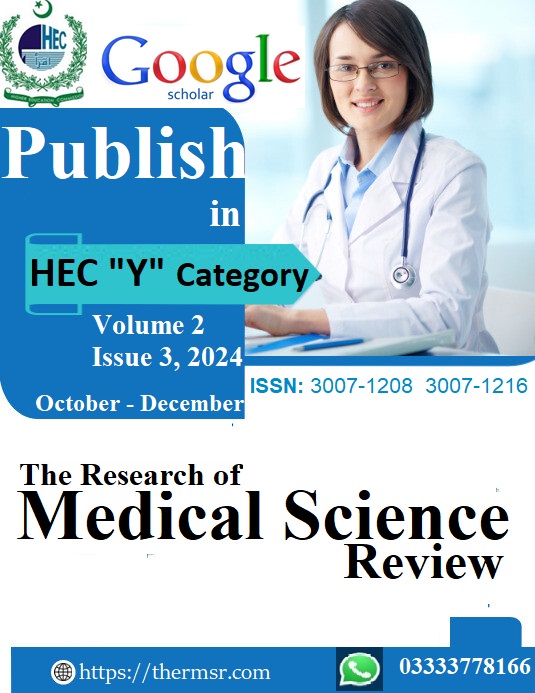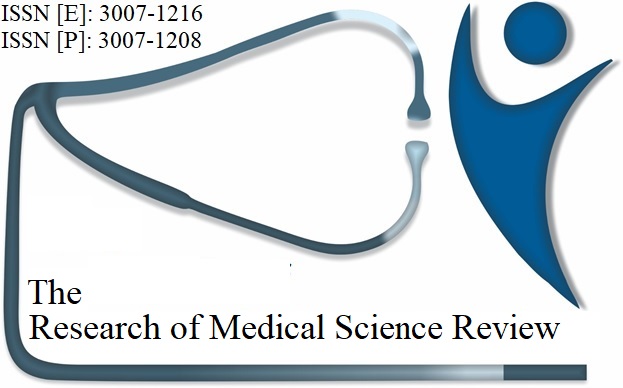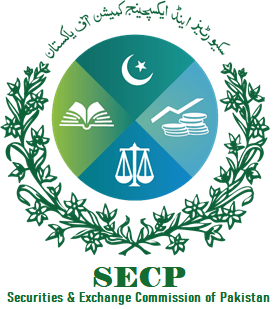PREVALENCE OF DENGUE VIRUS DURING THE 2024 OUTBREAK IN DISTRICT SWAT, KHYBER PAKHTUNKHWA (KPK)
Keywords:
Dengue virus, epidemiology, age vulnerability, seasonal variation, geographical hotspots, healthcare infrastructure, mosquito control, public health strategies.Abstract
Dengue is a viral disease that is spread by mosquitoes. Its incidence is highly seen among children and adolescents between 0-15, representing 77.2%, possibly because of weaker immunity and exposure. On the other hand, there was a very minimal incidence seen with older adults at 61+ years. This would thus depict low exposure or possibly better prevention. The highest transmission activity is found in August, where cases are at 14.9%, and in September, cases are at 7.5%. Therefore, this would focus on the fact that the mosquito is highly active during the peak transmission period. The geographical areas of high incidence include Babozai, Barikot, and Matta, which are mostly population- and environmental. DHQ Saidu Sharif is managing most of the cases. Local hospitals and rural
health centers handle the rest. Focused interventions of at-risk groups, seasonal patterns, elimination of mosquito breeding sites, and healthcare infrastructures require targeted interventions towards lessening the impact of Dengue.
Downloads
Downloads
Published
Issue
Section
License

This work is licensed under a Creative Commons Attribution-NonCommercial-NoDerivatives 4.0 International License.













